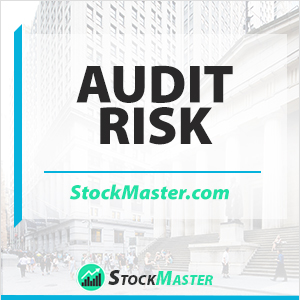What is Break Even Point? Definition: The break even point is a point where a business or an investor is not expected to make any loss or profit. It is essentially a point where the total costs of operations (expense) is equal to the total sales or revenues generated. In a business setting, it is
Category: Accounting
Bank Reconciliation
What is Bank Reconciliation? Definition: Bank reconciliation, of bank rec for short, is the procedure of matching amounts on bookkeeping records with their corresponding figures on bank statements. This is an essential aspect of financial management. In accounting, every credit must always be matched with a corresponding debit to balance the accounts. Thus, every payment
Additional Paid In Capital
What is Additional Paid In Capital? Definition: Additional Paid In Capital (APIC) is simply the amount of money that investors pay in excess of the par value price of the stock. Often called contributed surplus, additional paid-in capital is the share capital value above the stated par value. Initial public offerings act as avenues for
Audit Risk
What Is Audit Risk? Definition: Audit risk is the uncertainty that an auditor might issue an unqualified opinion when there is a material misstatement in the financial statements. Creditors, shareholders, and stakeholders rely on financial statements to make informed decisions when it comes to investments. Often issued quarterly, financial statements provide insights into the financial
Accumulated Amortization
What is Accumulated Amortization? Definition: Accumulated amortization is the total amount of expense recorded in a balance sheet used in the capitalization intangible assets. Simply put, it is the amount of costs used to maintain an intangible asset over duration in use. Accumulated amortization underscores regular utilization of an intangible asset, calculated on a straight-line
Balance Sheet Equation
What Is A Balance Sheet Equation? Definition: A Balance Sheet Equation is simply an accounting equation that seeks to ensure the sum of a company’s or business assets is equal to the sum of liabilities and capital invested. The accounting equation uses the double-entry principle, whereby for every debit entry into a balance sheet, there
Average Fixed Cost
What is Average Fixed Cost? Definition: Average fixed costs are a production cost that remains the same regardless of the amount of goods and services produced. Such costs do not vary with changes in output. Businesses and companies incur a wide array of costs in the production of goods and services. The incurred expenses vary
Cash Receipt
What is a Cash Receipt? Definition: A cash receipt is a printed or written statement of an amount received from a customer during a cash sale transaction. At one time or another, you must have received a receipt at a transaction or payment point. The receipt is commonly referred to as a cash receipt. The
Cancelled Check
What is a Cancelled Check? Definition: A cancelled check is the check that is returned to the payer as a receipt for the funds that were disbursed to the payee’s bank account. It refers to the cashing of a check by a payee after receiving a payment from a payer. It is a canceled, prevented
Budget Reporting
What is Budget Reporting? Definition: Budget reporting is a process that entails comparing financial achievements over a given period with targeted or estimated figures. By comparing the actual and estimated figures, owners, executives, or investors can ascertain whether a business is on track to achieve its objectives. Understanding Budget Reporting Budget reporting also goes a










